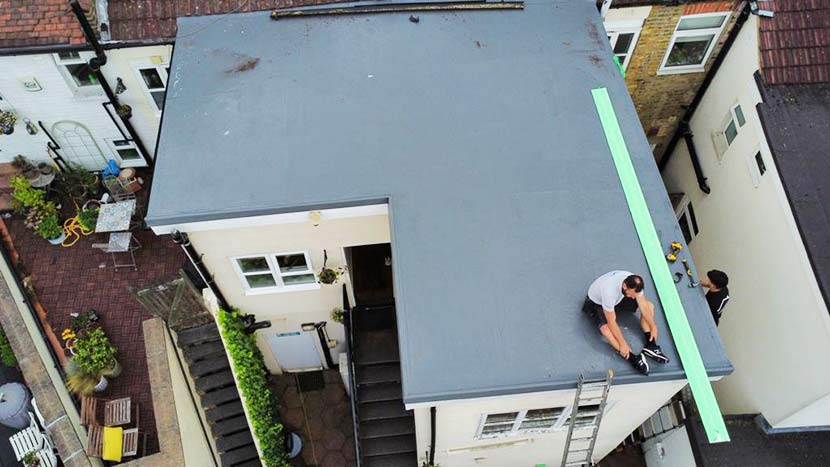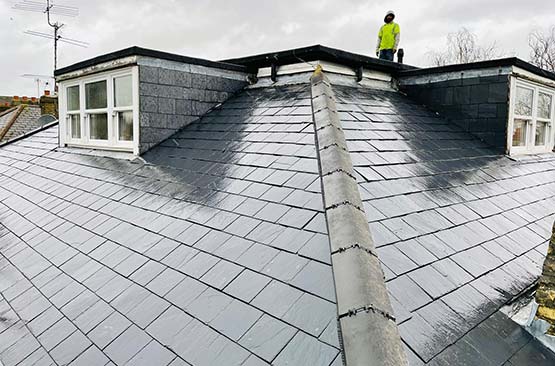Introduction to Fibreglass Flat Roof Installation

Fibreglass flat roofs are becoming increasingly popular due to their durability, long lifespan, and excellent waterproofing properties. The installation process involves several precise steps to ensure the roof is weatherproof and robust. This detailed guide outlines the materials, preparation, and installation steps necessary to achieve a high-quality fibreglass flat roof.
Materials and Tools Required
Before starting the installation, gather all necessary materials and tools. The key materials include:
- OSB or plywood sheets for the roof deck
- Fibreglass matting
- Polyester resin
- Catalyst (hardener)
- Top coat resin (usually pigmented)
- Fibreglass edge trims and pre-formed corners
Tools required include:
- Tape measure
- Utility knife
- Paint rollers and brushes
- Mixing buckets
- Power drill
- Roller trays
- Protective gloves and goggles
Preparation of the Roof Deck
The foundation of a successful fibreglass roof installation is a well-prepared roof deck. The deck must be solid, smooth, and free from any debris or dust. Start by ensuring that the existing structure is sound and capable of supporting the new roof. Replace any damaged or rotten sections with new OSB or plywood sheets.
Once the deck is ready, install fibreglass edge trims around the perimeter. These trims provide a clean edge and help contain the resin during application. Secure the trims with suitable fixings and seal any joints with adhesive or silicone sealant to prevent resin leakage.
Cutting and Fitting the Fibreglass Matting
Next, measure and cut the fibreglass matting to fit the roof dimensions. It is crucial to allow for overlaps between adjacent sections of matting, typically around 50mm. This overlap ensures a seamless bond and enhances the roof’s waterproofing capabilities.
Lay the cut pieces of fibreglass matting on the roof deck to check the fit before applying any resin. Make adjustments as needed, and pay special attention to corners and upstands, which may require additional strips of matting for reinforcement.
Mixing and Applying the Resin
The resin application is a critical step in the fibreglass flat roof installation. The resin typically used is a polyester type, which requires mixing with a catalyst to initiate the curing process. Follow the manufacturer’s instructions carefully to determine the correct ratio of resin to catalyst.
Once mixed, the resin has a limited working time, so only prepare enough to cover one section of the roof at a time. Pour the resin into a roller tray and use a paint roller to apply it evenly to the roof deck. Work in manageable sections to ensure that the resin does not cure before the fibreglass matting is applied.
Laying the Fibreglass Matting
With the resin applied, carefully lay the pre-cut fibreglass matting onto the wet resin. Use a roller to press the matting into the resin, ensuring that it is fully saturated and free of air bubbles. The goal is to create a uniform and seamless layer that adheres firmly to the deck.
Repeat the process for each section of the roof, overlapping adjacent pieces of matting by 50mm. For corners, edges, and upstands, use additional strips of matting to reinforce these areas, applying extra resin as needed to ensure a strong bond.
Applying the Top Coat
Once the fibreglass layer has cured, usually within 24 hours, the next step is to apply the top coat. The top coat is typically a pigmented resin that provides additional protection against UV rays and mechanical damage. It also enhances the roof’s appearance, giving it a smooth and uniform finish.
Mix the top coat resin with the catalyst according to the manufacturer’s instructions. Pour the mixture into a roller tray and use a clean paint roller to apply it evenly over the entire roof surface. Ensure complete coverage, including all edges and upstands.
Final Inspection and Maintenance
After the top coat has cured, usually within 24 to 48 hours, conduct a thorough inspection of the roof. Check for any missed spots, thin areas, or potential weak points that may require additional resin or matting. Address any issues promptly to ensure the roof is fully waterproof and robust.
Regular maintenance of a fibreglass flat roof is minimal but essential for long-term performance. Inspect the roof annually for signs of wear, damage, or debris accumulation. Clean the surface with a mild detergent and water to remove dirt and algae. Promptly repair any minor damage to prevent it from worsening.
Advantages of Fibreglass Flat Roofs
Fibreglass flat roofs offer several advantages over traditional roofing materials:
- 1. Durability: Fibreglass roofs can last over 25 years with proper installation and maintenance, offering a long-term solution.
- 2. Waterproofing: The seamless, resin-bonded surface provides excellent protection against water ingress, reducing the risk of leaks.
- 3. Low Maintenance: Fibreglass roofs require minimal upkeep, saving time and money in the long run.
- 4. Versatility: Suitable for both residential and commercial properties, fibreglass roofs can be customised with different colours and finishes.
- 5. Resistance to Elements: Fibreglass is resistant to UV rays, chemicals, and fire, making it a reliable choice for various environments.
Environmental Considerations
While fibreglass roofing offers numerous benefits, it is essential to consider environmental impacts. The production of fibreglass and polyester resin involves chemicals and energy consumption. However, the long lifespan and low maintenance requirements of fibreglass roofs can offset these impacts by reducing the need for frequent replacements and repairs.
Conclusion
Fibreglass flat roof installation is a meticulous process that requires careful preparation, precise application of materials, and attention to detail. The result is a durable, waterproof, and aesthetically pleasing roof that can last for decades. By following the steps outlined in this guide and adhering to best practices, homeowners and contractors can achieve a high-quality fibreglass flat roof that provides excellent protection and value. Regular maintenance and timely repairs will ensure the roof remains in optimal condition, offering long-term peace of mind and performance.



